Description
Latin Name: Nyssa sylvatica
Other Common Names: Tupelo, Pepperidge Tree, Black Gum
Hardiness Zones: 4-9
Mature Size: Typically reaching heights of 30-90 ft (9-27 m), Nyssa sylvatica features a crown that starts pyramidal in youth but becomes more rounded as the tree matures. The crown spread ranges from 20-30 ft (6-9 m). Known for its slow growth rate, this tree develops a deep taproot, which complicates the transplanting of established specimens (Missouri Botanical Garden).
Preferred Soil and Climate: Black Gum thrives in damp, slightly acidic soils but adapts well to average soils. It grows successfully in full sun to part shade and can tolerate varying moisture levels, including dry conditions, drought, and occasional standing water. Commonly found in moist areas along rivers and streams from southern Maine to southern Michigan and southward to Florida, it exhibits good fire resistance (Missouri Botanical Garden).
Additional Characteristics: In spring, Nyssa sylvatica produces inconspicuous greenish-white flowers on long stalks. Female flowers are sparse, while male flowers are densely clustered. Fruit development occurs on female trees following pollination by a male counterpart. The small, oval fruits ripen to a dark blue color by September and are edible but extremely sour. Leaves are elliptical with toothed margins, typically measuring 3-5 in (7-13 cm) long. Upper leaf surfaces are dark green, contrasting with the paler undersides. Fall foliage displays vibrant scarlet hues or sometimes yellow to orange tones (Missouri Botanical Garden). The tree features a straight, singular trunk and has gray-brown bark with a blocky texture and appearance (Virginia Tech).
Utilization and Challenges: Tupelo wood is prized by woodcarvers, especially for carving ducks and other wildfowl. In the lumber industry, it is utilized for shipping containers, interior furniture components, and extensively in veneer and plywood production. The wood’s high pulp quality makes it suitable for manufacturing high-grade book and magazine papers.
Common Issues: Nyssa sylvatica is generally resilient but can be susceptible to rust, leaf spot, scale insects, canker, and leaf miners (Missouri Botanical Garden).
Wildlife Interaction: The tree’s fruit is consumed by various bird species and wildlife, while bees utilize the nectar for honey production. The heartwood of Black Gum often rots, providing dens for wildlife, including black bears. Whitetail deer browse on young shoots of the Black Gum.
Cold Stream Farm supplies Black Gum trees which are grown as bare root seedlings and transplants and sold both wholesale and retail with no minimum order.
Sources:
- Virginia Tech: Nyssa sylvatica
- Missouri Botanical Garden: Nyssa sylvatica
Additional information on Nyssa sylvatica can be found on the link: USDA / NRCS PLANTS Database.

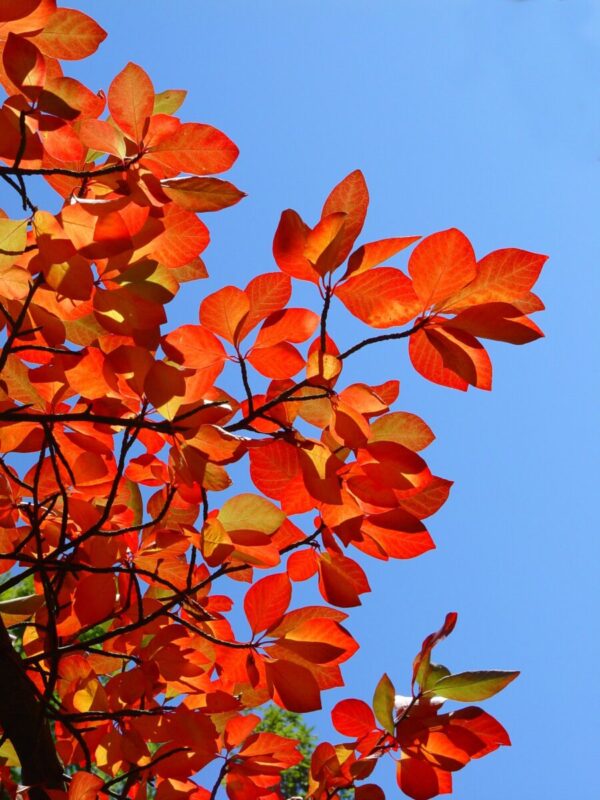
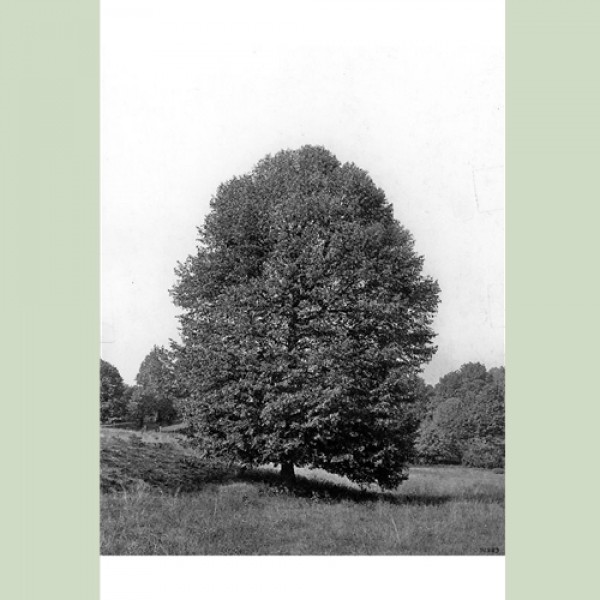
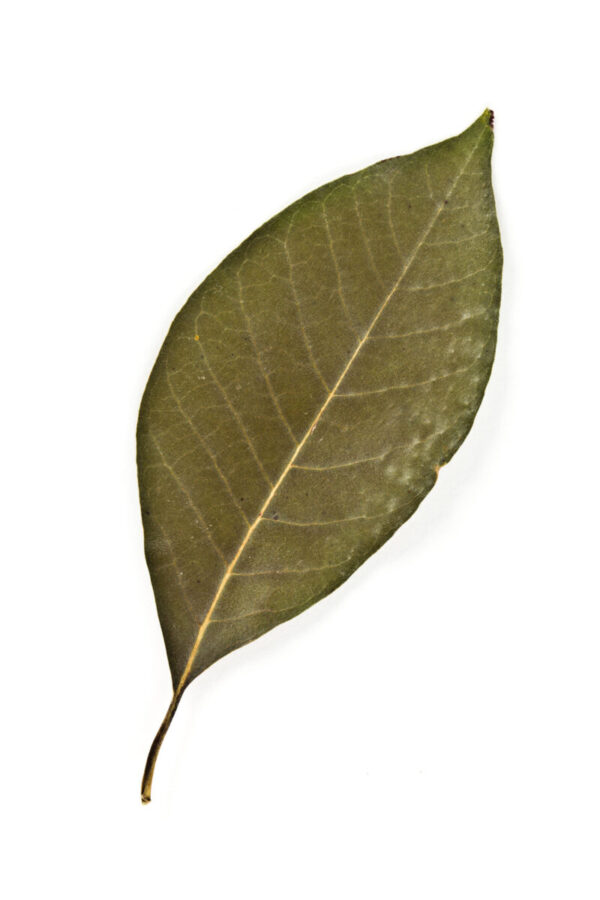
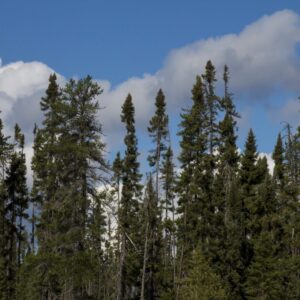
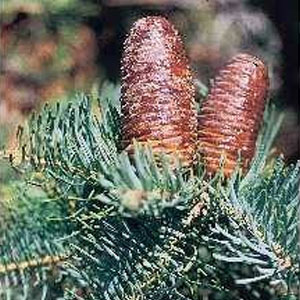
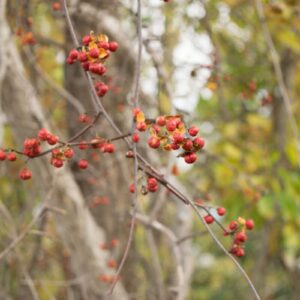
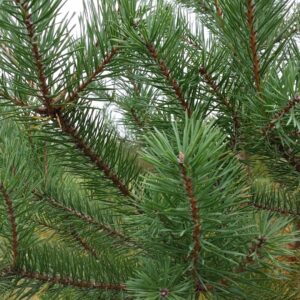
Reviews
There are no reviews yet.